Reopening Schools: A Scheduling Map for Educators to Plan the Who, What, When, Where, and How of Learning this Fall
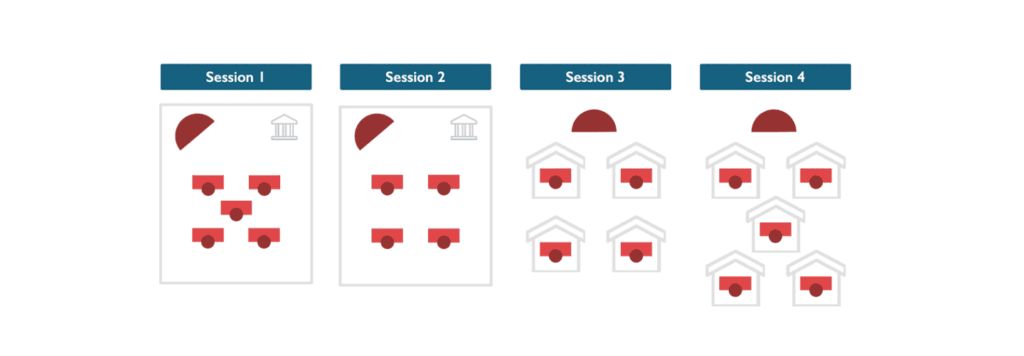
Educators across the country are starting to think about what it might look like to reopen school doors this fall: How will we keep children, teachers, and families safe and healthy? What will classrooms look like given the constraints of social distancing and the potential for limited in-person learning time? What will happen if teachers and staff members decide it’s too risky to return? And how can we ensure that learning happens—and that kids’ social-emotional needs are met—given that many students will have experienced trauma, not to mention academic setbacks, as a result of the COVID-19 pandemic, lockdowns, and remote learning?
These are just some of the questions educators are trying to answer as they create staffing and scheduling plans for the 2020-21 academic year.
With support from InnovateEDU, Brooklyn Laboratory Charter Schools (Brooklyn Lab) created our Back to School Instructional Program Scheduling Map to begin to answer these questions for our school community. The process of matching instructional spaces, instructional groupings of scholars, teams of educators, and service demands in an era of social distancing and COVID-19 is daunting, and our scheduling map takes into account new health and safety requirements. Our aim is to provide a framework to support clear communication between administrators, educators, families, and scholars so that our school community can work collaboratively and inclusively to promote safety, health, well-being, and learning when our school reopens this fall.
This map builds on Brooklyn Lab’s Version 1 Back to Facilities Tool Kit, which focuses on school facilities solutions to accommodate social distancing and health requirements. To create the map, Brooklyn Lab and InnovateEDU led a two-week design “charrette” with several partners: Dezudio, PBDW Architects, EdTogether, the National Center for Special Education in Charter Schools (NCSECS), Public Impact, TNTP, and the Mary Lou Fulton Teachers College at Arizona State University.
In this article, we are sharing the three steps we followed in the hopes that other school and system leaders can adapt this approach to begin to map their own staffing and scheduling solutions.
Three Steps for Mapping Staffing Solutions
Discover dimensions of challenges. The first step is to define the problem you are trying to solve or goal you are trying to reach. To develop the Scheduling Map, we started with several questions that center on the needs of students, particularly our most vulnerable students:
- How can we ensure adequate staffing to meet health and safety guidelines?
- How can we schedule staff to make sure students with disabilities get the high-quality, compliant support and services they need?
- How can we staff classrooms and organize schedules to provide excellent teaching for all students and effective support for all teachers?
- How can we achieve optimal staffing levels given the new budget and public health realities?
- How can schools make time for collaboration, planning, and leadership?
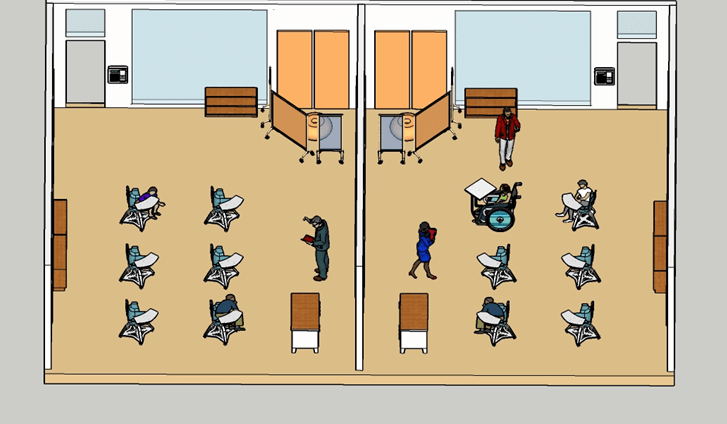
Once you have used these questions to define your biggest challenges, examine those challenges from the perspective of those who are most affected, including students, families, and educators by engaging a team of those stakeholders; for Brooklyn Lab, that included teachers, special educators, family members, and instructional leaders.
Then, define your intention, articulating and exploring staffing and scheduling assumptions, exploring different stakeholder perspectives, and engaging with the applied research and insights of experts. As you go through discovery, focus on identifying not just the main challenge, but the barriers that might prevent you from reaching your goal.
Create teams focused on specific challenges/expertise. Once you have a handle on the challenges and their various dimensions, create teams that focus on a certain aspect of each challenge. At Brooklyn Lab, we created teams including teachers, special educators, counselors, and administrators who attended sessions and worked on different aspects of the challenges based on the expertise of that team. Each team asked questions such as:
- How do we meet the needs of students given changing context?
- When and where are instructional groupings of students scheduled to learn?
- How can teams of educators be paired with instructional groupings of students?
- How can educators use approaches that are best suited to meet the needs of all learners?
- How can community educators best meet the needs of schools during social distancing?
- How can professional learning opportunities accelerate the development and contributions of community educators?
These questions will help orient your team around solutions.
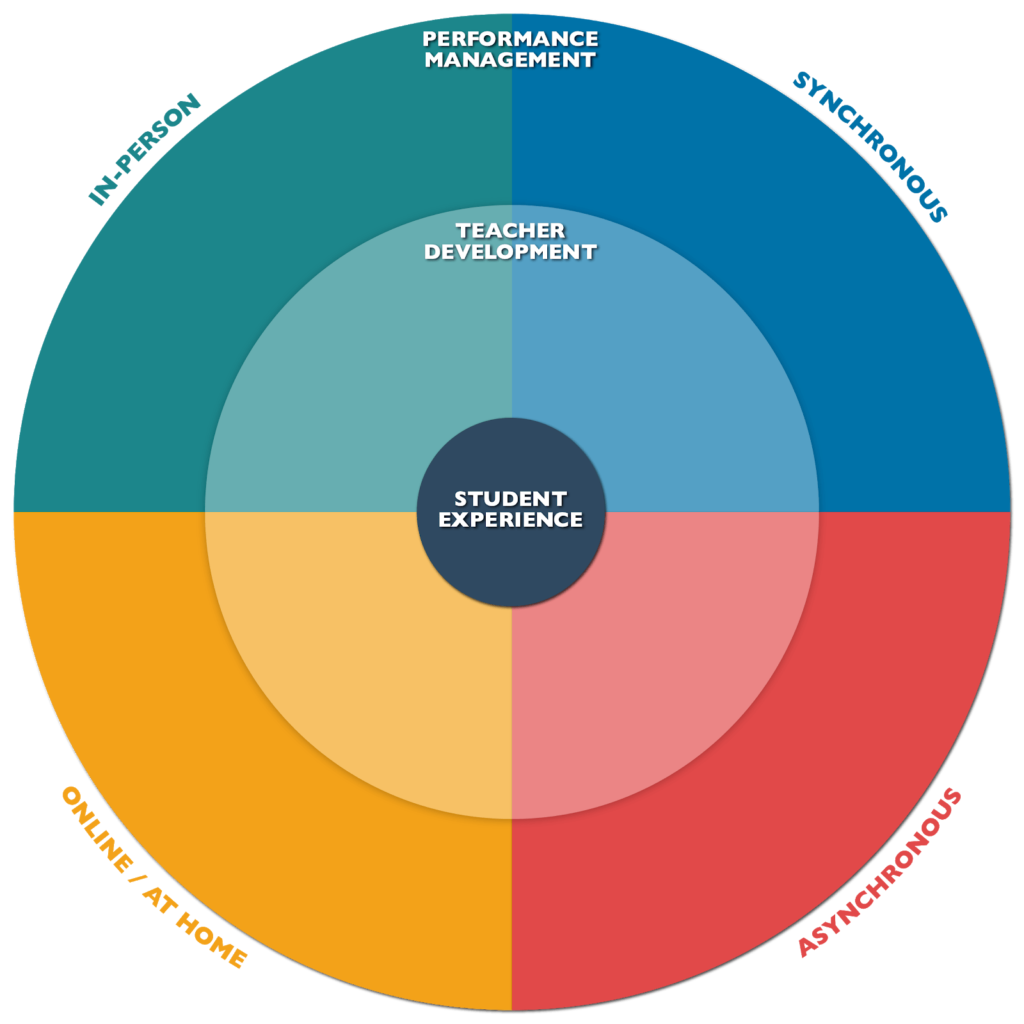
Develop and refine solutions. The last step is to develop solutions to the challenges you identified in step one. This is an iterative process, so plan to test each solution, gather data about its effectiveness from your community, and then apply what you learned to refine your solutions.
At Brooklyn Lab, our design teams were tasked with developing ideas based on the school and community’s needs and best practices to address social-distancing requirements and safety. We identified a range of ideas to test for relevance and potential efficacy, and as we refined these ideas, we narrowed them down to a list of robust options.
This process requires collaboration with a range of stakeholders. At Brooklyn Lab, we worked with architects, special educators, families of students, counselors, financial experts, and instructional leaders to help us generate a wide range of solutions. This also increases our chances of success with implementation.
Working Together for a Safe Reopening
Reopening schools this fall is a complex undertaking, and no school has the time or resources to figure out how to do this alone. At Brooklyn Lab, part of our mission as a laboratory school is to advance design solutions and share tools that other schools can use. It is with that idea in mind that we’re sharing Version 1 of our map, which explores early directions in staff scheduling, class configurations, and planning considerations for general education and specialized settings.
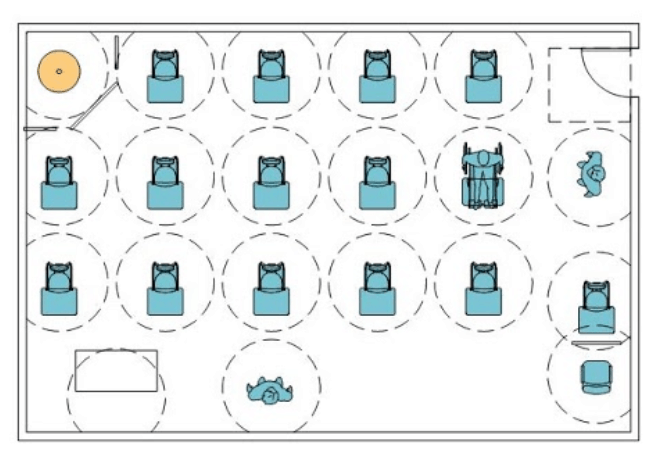
Our next step is to revise and begin to implement these ideas. We are now gathering input from Brooklyn Lab teachers and instructional leaders, and working to sort through the substance. In parallel, the Brooklyn Lab leadership team is assessing these ideas for feasibility based on budget and schedule constraints.
We will continue to monitor and adjust our tool kit over the next 18 months. We’ll prioritize the most vulnerable students, privilege safety and health, and put equity at the core of the design work. We are encouraged by our community involvement thus far; we know that as we work together, we will get closer to creating a safe reopening that works for all.
For more see:
- Safeguarding Back to School: Preparation for a Healthy Return to School in Downtown Brooklyn
- Preparing to Reopen: Six Principles That Put Equity at the Core
- To Reopen, America Needs Laboratory Schools
- How to Reopen Schools: A 10-Point Plan Putting Equity at the Center
- Educating All Learners During COVID-19: An Alliance Emerges to Provide Support for Virtual Special Education Services
- We can rise to the challenge of educating students with disabilities during COVID-19
- During the COVID-19 pandemic, how do we ensure that learning moves forward for all learners, especially students with disabilities?
Stay in-the-know with innovations in learning by signing up for the weekly Smart Update.
Getting Smart has launched the Getting Through series to support educators, leaders, and families on the path forward during such an uncertain time. This series will provide resources and inspiration as we face long term school closures, new learning environments, and address equity and access from a new lens. Whether you are just getting started with distance or online learning, or you’ve had plans in place and have the opportunity to share your work and guidance with others, there is a place for your voice and an opportunity to learn.
We’re going to get through this together, and we invite you to join us. Please email [email protected] with any questions or content you’d like considered for publication. We also invite you to join the conversation and on social media using #GettingThrough.
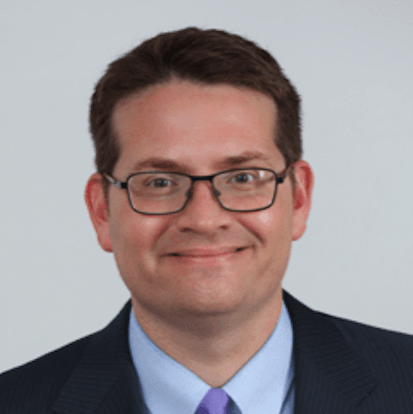





0 Comments
Leave a Comment
Your email address will not be published. All fields are required.